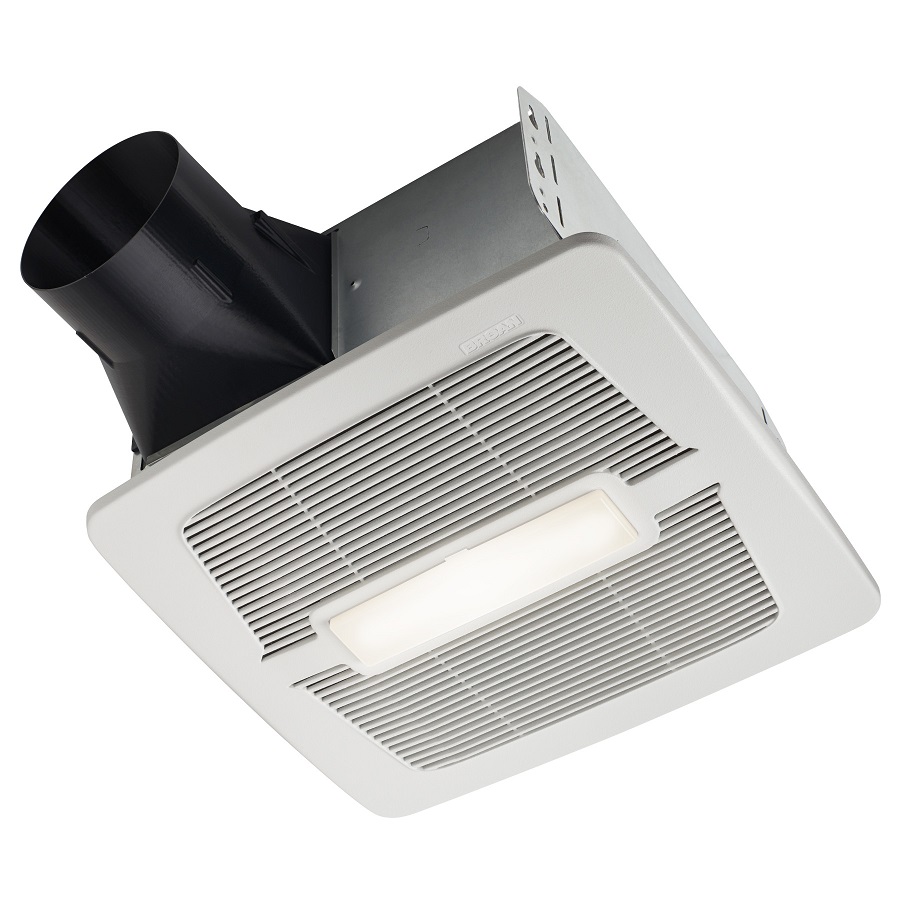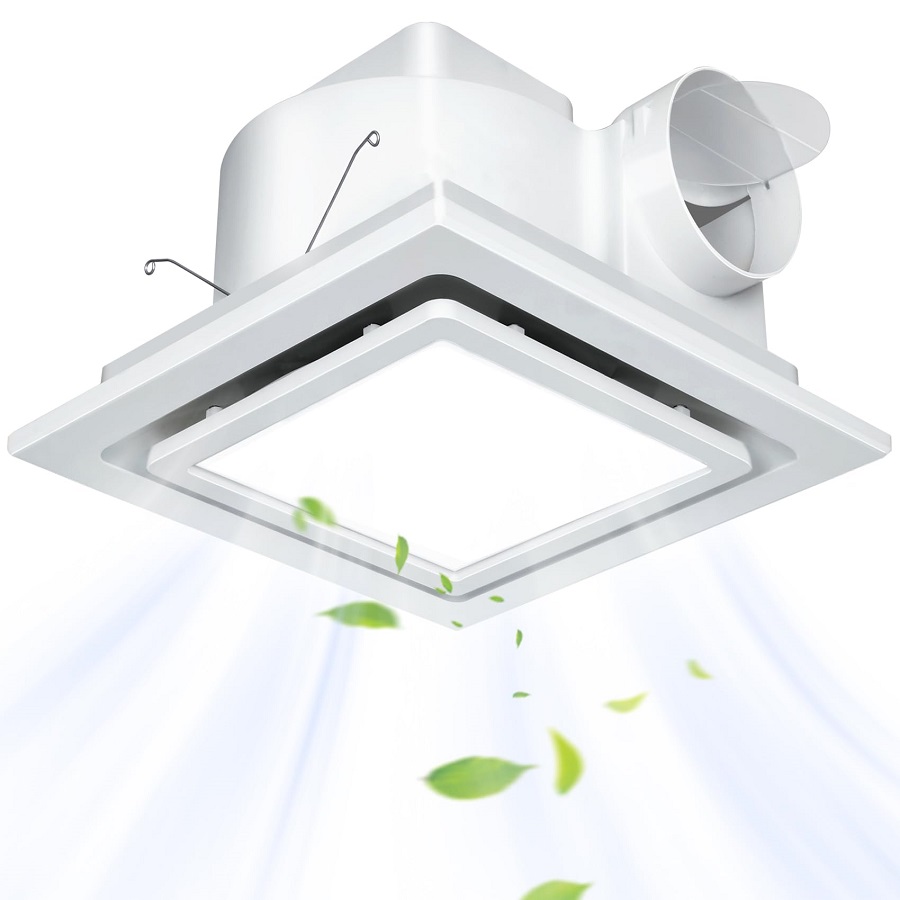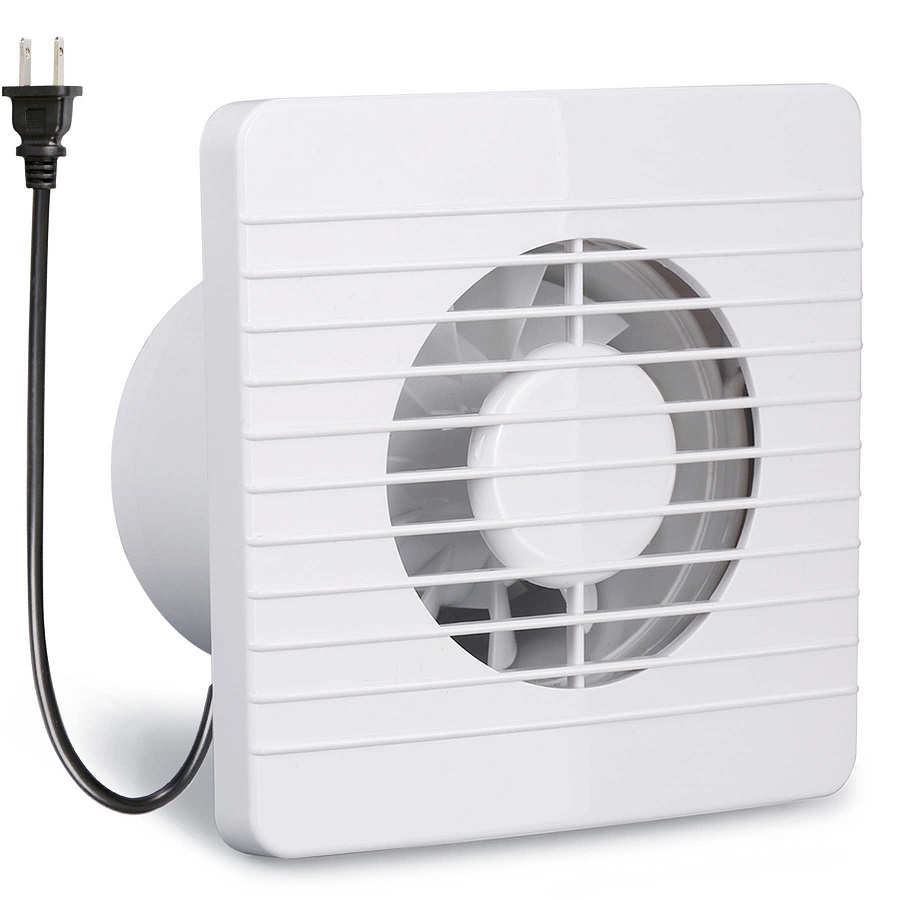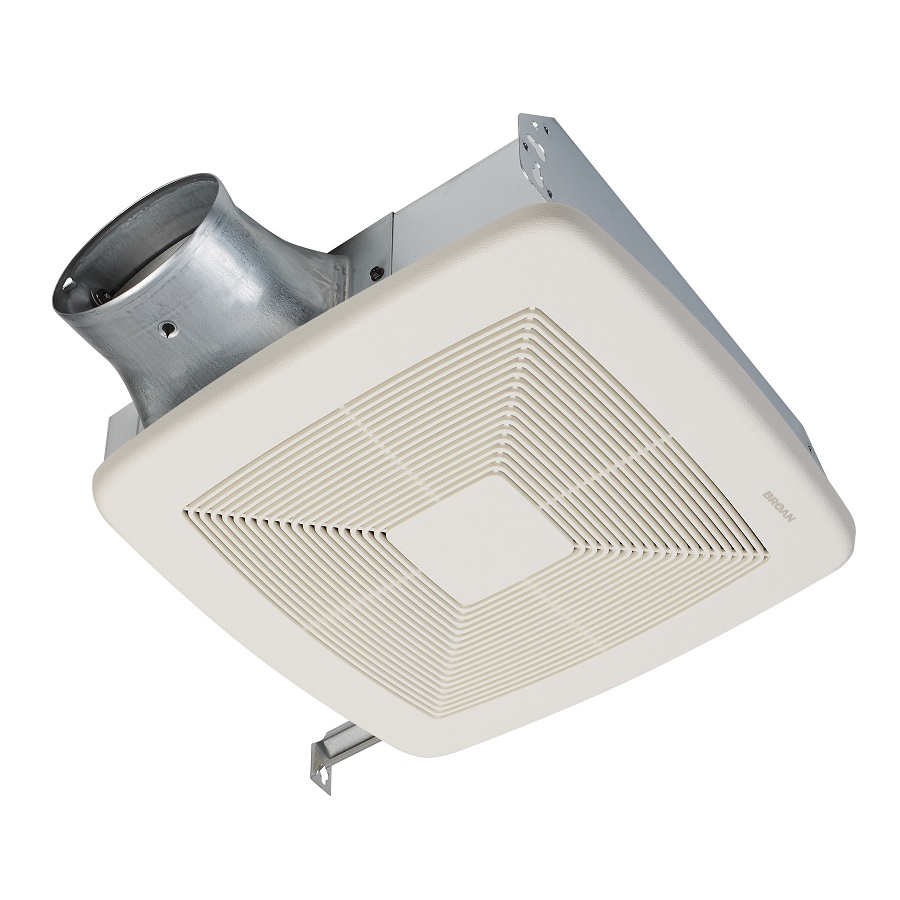Importance of Bathroom Ventilation
Proper bathroom ventilation is critical for a healthy home environment. Humidity and odors can lead to discomfort and health issues without it. Mold and mildew thrive in moist conditions, which can ruin surfaces and fixtures. Bathroom fans work to remove this moisture-laden air, improve air quality, and protect the room from damage. They also help to eliminate unpleasant smells quickly.
Ventilation helps control bathroom temperature as well. Air movement from a fan can make the space feel cooler and more comfortable. Plus, it can prevent foggy mirrors, making the bathroom more functional after showers or baths.
In summary, bathroom fans are essential for maintaining a fresh and clean bathroom, preventing water damage, and ensuring a pleasant and safe environment.

Signs Your Bathroom Needs an Exhaust Fan
Recognizing when your bathroom needs an exhaust fan is key to maintaining a healthy environment. Here are clear signs that indicate the need for an installation:
- Persisting Steam: After a shower, if steam lingers and leaves your mirrors fogged, it’s a sign of inadequate ventilation.
- Moisture Damage: Notice signs like peeling wallpaper or paint, warped doors or cabinets? Moisture is high, and ventilation is low.
- Mold and Mildew: Spots of mold or mildew around the bathroom, especially on ceilings and in corners, suggest high humidity levels that require attention.
- Odors: If unpleasant smells are not leaving the bathroom long after use, an exhaust fan can help remove them.
- High Humidity: Does the air feel moist and heavy? Does your skin feel clammy in the bathroom? It’s too humid.
- Allergy Symptoms: Increased allergy or asthma symptoms could be a reaction to mold spores or mildew from excess moisture.
A well-ventilated bathroom keeps these issues at bay. Installing an exhaust fan is a practical step towards a comfortable and damage-free bathroom.
Selecting the Right Bathroom Exhaust Fan
Selecting the best bathroom exhaust fan is vital for effective ventilation. Let’s explore some factors to help make the right choice for your bathroom.
Type and Style of Fans
Various fan types are available, each suitable for different bathroom layouts and needs. Ceiling-mounted fans are common and blend well with most bathroom ceilings. Wall-mounted models work where ceiling installation is not possible. Inline fans, hidden in the attic, can serve multiple bathrooms.
CFM Rating and Noise Levels
The fan’s power is measured in CFM (Cubic Feet per Minute). A higher CFM rate means more air movement. Calculate CFM needs by multiplying your bathroom’s square footage by 1.1. Noise is measured in sones; the lower the sone, the quieter the fan. Aim for a fan with a sone rating of two or less for a quieter bathroom.
Additional Features to Consider
Today’s fans come with extra features for comfort and convenience. Features like motion sensors automatically turn the fan on or off. Humidity sensors can detect moisture levels and activate accordingly. Some fans also come with built-in lights or heaters. Consider which features match your preferences and lifestyle.
Preparing for Bathroom Fan Installation
Installing a bathroom exhaust fan can seem daunting. Yet, with the right tools and understanding, it can become a manageable DIY project. This part of the guide helps prep for the task ahead.
Necessary Tools and Materials
Before kicking off the installation, gather the essential tools and materials. Here’s a checklist to help you start:
- Screwdrivers for fastening the fan to the joists.
- Drill with a hole saw attachment to cut out the ceiling space.
- Wire strippers and non-contact voltage tester for safe electrical work.
- Caulking gun and caulk for sealing fan edges and exterior ducts.
- Stud finder to locate joists for secure fan placement.
- Jigsaw or drywall saw for cutting through the ceiling material.
- Ladder to reach the installation area comfortably.
- Safety glasses and gloves for personal protection during cutting and drilling.
Having these tools on hand will make the process smoother. Now, let’s understand the setup of your home for efficient fan installation.

Understanding Your Home’s Layout
Each home is unique, and the layout dictates the fan installation process. Remember to:
- Check attic access if the fan will vent through the roof.
- Identify where your bathroom sits relative to exterior walls for ductwork planning.
- Confirm electrical wiring routes to connect the fan without issues.
- Formulate where to place wall switches for the fan for convenience.
- Seek out the bathroom’s square footage for the right fan CFM rating.
With tools ready and home layout known, the installation awaits. Approach each step methodically for a successful addition to your restroom toolkit.
Step-by-Step Guide to Installing a Bathroom Exhaust Fan
Installing a bathroom exhaust fan is a straightforward process. This guide breaks down each step.
Choosing the Fan Location
Identify the best area for your fan. It should be near the shower or toilet for optimum effect. Make sure it won’t be above a window or air vent.
Cutting and Placing the Fan
With safety gear on, mark and cut out the specified area using a saw. Secure the fan using screws to the joists or framing.
Venting the Fan Properly
Ensure the duct from the fan reaches outside. Use duct tape or clamps to secure it. A short duct path works best.
Electrical Connections and Safety
Turn off the power before starting. Connect the fan to your electrical system, matching wire colors. Triple-check connections for safety.
Sealing and Insulating the Fan
Seal the fan’s edges with caulk to prevent moisture. If in the attic, insulate around the fan to avoid energy loss.
Follow these steps for a successful bathroom fan installation. If unsure, call a professional for help.
Ventilation Fans and Building Regulations
Navigating the complex world of building regulations is crucial when installing bathroom ventilation fans. It ensures safety and legality.
Before installing a bathroom exhaust fan, check if you need a permit. Your local building authority or housing association can provide this info. Secure all necessary approvals before starting work. This helps avoid fines or future legal issues. Seeking professional advice is wise if permit processes seem confusing.
Compliance with Local Codes
Install your bathroom fan in line with local building codes. These codes ensure installations meet safety and performance standards. They affect fan placement, ductwork, and electrical connections. Non-compliance can lead to safety hazards, and negatively impact house resale value. Review local codes before starting the installation process, or consult a professional.

Professional Installation vs DIY
Deciding between professional installation and DIY for a bathroom fan can be tricky. Consider factors like your skill level, the complexity of the installation, and potential hazards before choosing.
When to Call the Experts
Call professionals if you lack electrical knowledge, or the installation involves complex wiring. Professional help is wise if cutting through exterior walls or roofs. Experts ensure safety, compliance with local codes, and accurate installation without damaging your home.
Maintaining Your New Bathroom Fan
Proper care extends your bathroom fan’s life and ensures it runs well. Regular maintenance prevents mold and keeps air quality high. Here are some tips for cleaning and upkeep.
Regular Cleaning and Upkeep
Detach the fan cover gently and clean it with soap and water. Use a vacuum with a brush attachment to remove dust inside the fan. Repeat this process every three to six months. Check the fan’s vent for blockages and clear them. Test the fan for proper operation after cleaning.
Recognizing When to Replace the Fan
Your bathroom fan might need an upgrade if it’s noisy or doesn’t clear moisture well. If the fan is over 10 years old or repairs are frequent, it could be time for a new one. Odd sounds, slow start-up, or a fan that stops and starts may signal it’s time to replace it. Stay alert to these signs and act promptly to prevent moisture issues.


